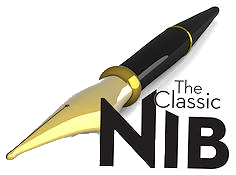The veneers used are primarily woods, but may include bone, ivory, turtle-shell mother of pearl, pewter, brass or fine metals. Many exotic woods as well as common European varieties can be employed, from the near-white of boxwood to the near-black of ebony, with veneers that retain stains well, like sycamore, dyed to provide colors not found in nature.
The simplest kind of marquetry uses only two sheets of veneer, which are temporarily glued together and cut with a fine saw, producing two contrasting panels of identical design, (in French called partie and contre-partie, "part" and "counterpart").
Marquetry as a modern craft most commonly uses knife-cut veneers. However, the knife-cutting technique usually requires a lot of time. For that reason, many marquetarians have switched to scroll saw techniques. Other requirements are a pattern of some kind, some brown gummed tape (IE as the moistened glue dries it causes the tape to shrink and so the veneer pieces are pulled closer together),PVA glue and a base-board with balancing veneers on the alternate face to compensate stresses. Finishing the piece will require fine abrasive paper always backed by a sanding block. Either ordinary varnish, special varnishes, modern polyurethane -oil or water based- good waxes and even the technique of french polish are different methods used to seal and finish the piece.
Sand shading is a process used to make a picture appear to be more three-dimensional. A piece of veneer to be incorporated into a picture is partially submerged into hot sand for a few seconds.
Another process is engraving fine lines into a picture and filling them with a mixture of India Ink and Shellac.


